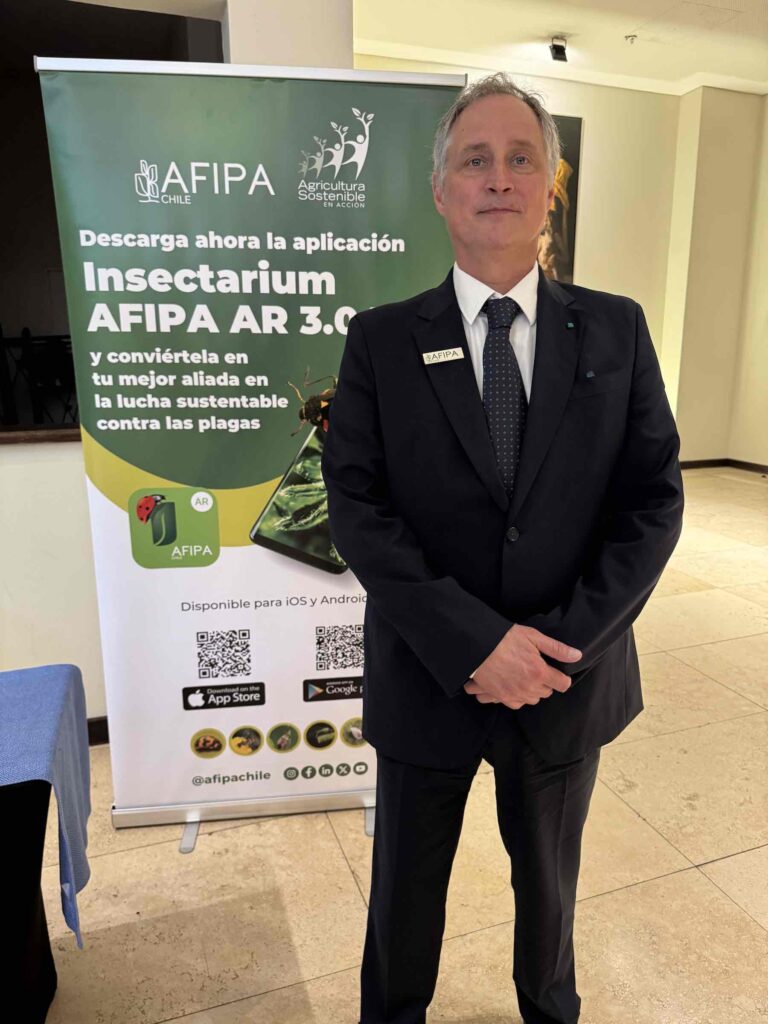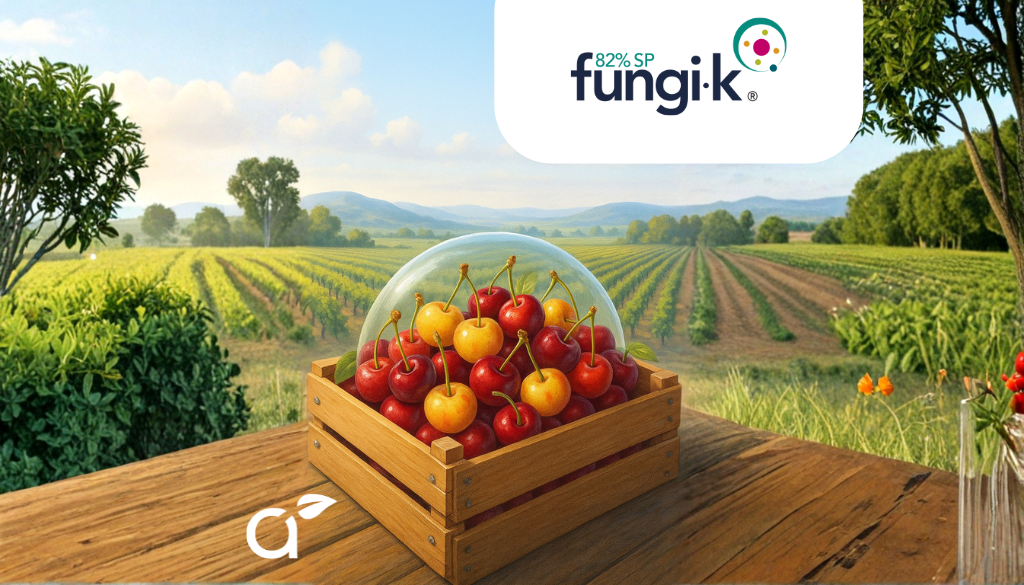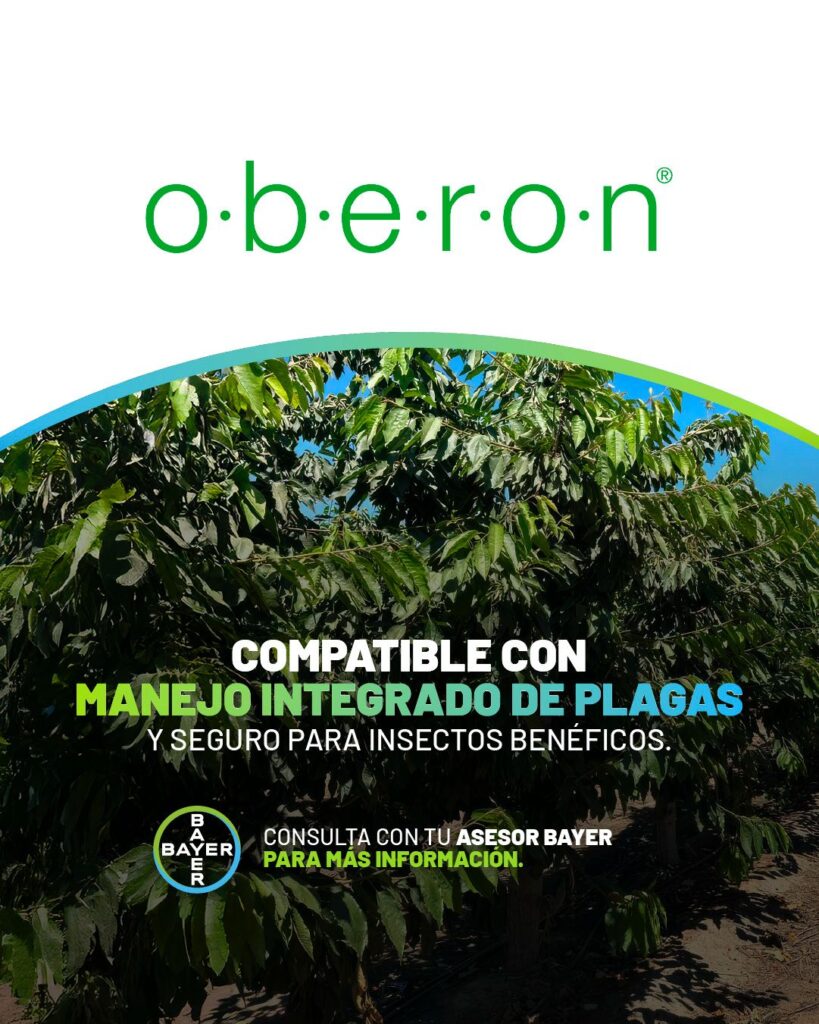The 21-22 season was, in a word, turbulent. The pandemic and the logistics crisis have been the keynote due to their impact on the end-of-season figures and on all the hurdles that the industry has had to overcome. However, it is expected that in the next five years the production of the fruit will grow to double the 356 tons that are currently exported, which will make today's challenges small and those to come gigantic.
In figures, cherries are today the most important fruit in terms of export value. Last season they reached 1.9 billion dollars, dethroning (some years ago) table grapes, which puts them on the podium of the main exporters in the southern hemisphere with a share of 96.21 TP3T, and with 356 thousand tons of the red fruit exported.
These are impressive numbers that perhaps do not reflect the commendable work that goes on behind all the machinery that moves to make this miracle happen. There are multiple actors that must work together, which was not so simple during this season.
Factors that challenged the export sector
During the previous season, there were delays in various areas such as the coordination of harvesting materials, packaging for distribution, receiving cargo at national ports, ship transit, the increase in the price of oil and freight, and the lack of ships, all aspects that were handled efficiently.
Another obstacle was the lack of labor, with a much more demanding human group, which resulted in the concentration of crops and part of the production becoming overripe and being claimed by China, the main consumer of the fruit with 86% of total Chilean exports.
The lack of containers and longer transit times were also part of this chain, and although they were a stumbling block, as were the consequences of the blockage in the Suez Canal in 2021, they were not decisive thanks to the management of the ASOEX Cherry Committee and the main exporters to make these available, and to the fast ships that were deployed.
The dark spot in this chain was, without a doubt, the delay in customs clearance of the fruits at the destination ports. In the case of China, the increased sampling requirements for plant viruses and the lower number of personnel working due to Zero Covid, which led to the closure of ports such as Shanghai, delayed the entry of the species into the markets when Chile required it, also impacting the receiving and dispatching center for final sale.
The impact on income
Isabel Quiroz, Founding Partner of Iqonsulting, made a conservative estimate of the income that Chile lost due to logistics issues in the 2022 Yearbook. “This year we have an estimate of 2,187 million dollars in income from the total industry. Without the logistics problems and in a conservative scenario, this would have been 2,500 million dollars. Therefore, the loss estimate is 317 million dollars.”
VUCA times, a term coined in the late 1980s in the US that refers to volatile, uncertain, complex and ambiguous times, accurately define the current state of the industry. The post-pandemic reconfiguration or new normality that affects aspects such as communication or food, according to Isabel Quiroz, should not consider this logistics crisis. “I would not call it a new normality but rather a sequel to the crisis, therefore we must know how to face it and unite as an industry to be able to move forward. We have to learn from our successes and also face our mistakes.”
The next season will be equally or more challenging due to the advance of the Chinese New Year on January 22 and the consequences of the problems in the logistics chain that are far from disappearing. “We have to prepare ourselves more than ever for a season that will have at least 30% more production. We had 15 years to reach 356 thousand tons of volume and in five years we will double it, so the challenge is very big. We must go to other markets, continue growing in the US, in Europe, in other Asian countries, aim to produce jumbo and above, make the best fruit and consolidate ourselves as the main ones in the world.”








